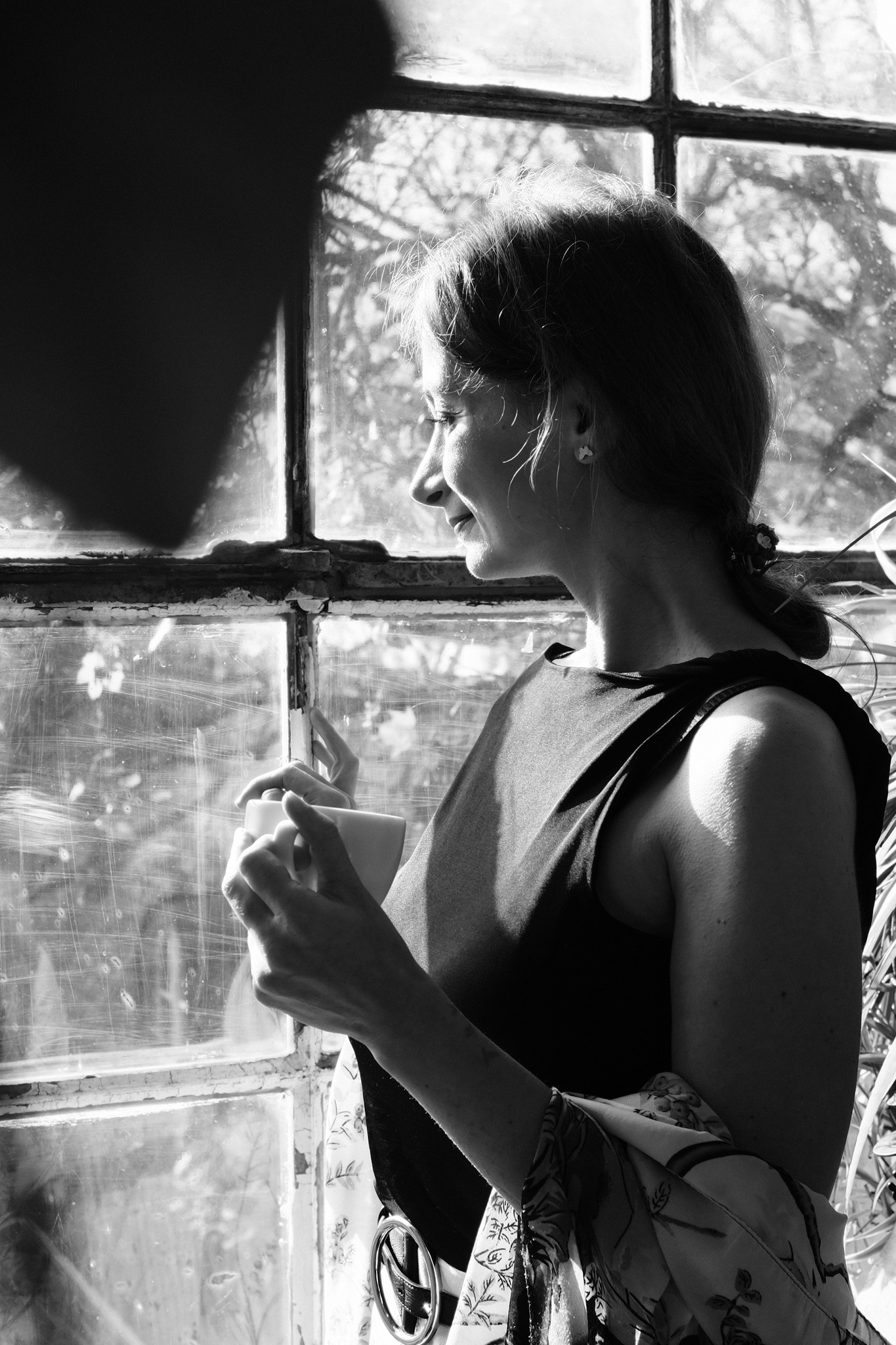Transformations: From Sand to Pearl, from Outer to Inner Purpose
In warmer seasons, during spring and summertime, calmer seas become the ideal grounds for pearls to form, deep beneath the surface (at depths of 8 to 30 meters) in nutrient-rich waters like those in southern seas. The process of pearl formation is not quick. Let me briefly explain the key factors involved.
Pearl oysters, marine mollusks, are responsible for creating pearls. It all begins when something tiny—perhaps a grain of sand or a parasite—enters the oyster’s shell and becomes lodged inside. In response, the oyster’s natural defense mechanism kicks in: it coats the irritant with layers of nacre (a mixture of aragonite and conchiolin). This creates a smooth, protective covering around the foreign object. Over time, the oyster continues depositing layer after layer of nacre, taking several years, often between 1 to 3 years, to produce a beautiful, shimmering pearl.
The shape, color, size, and overall quality of the pearl depend on various factors: the species of oyster, water quality, and how many layers of nacre are deposited. In a sense, irritation sparks the birth of beauty.
You might wonder why I explained pearl formation when the real topic is about discovering our life’s purpose. Let me briefly clarify.
As I reflect on what it means to live a fulfilled life, I realize that understanding our life’s purpose, a spine for having a fulfilled life, could be similar to the intricate process of pearl creation. Just as irritation triggers the pearl’s development, perhaps challenges and disruptions in life serve as the initial push that guides us toward discovering our true purpose.
Now, let’s switch gears for a moment—how many answers can factual or mathematical questions have? Typically, such questions have one or a limited number of answers. But philosophical questions—like “What is the purpose of life?”—are open-ended and can have infinite valid responses. Food for thought: Perhaps, to truly understand our purpose, we should look beyond our rational minds and connect more deeply with our soul’s intentions?
Shall we switch gears again? Let me share an excerpt from the Georgian writer Nodar Dumbadze:
“I imagine the soul as a genie, trapped in a bottle of dreams and thoughts, longing for freedom since its birth. It yearns eternally, striving toward liberation. We sometimes release it willingly or accidentally, or often it frees itself, and once free, it performs miracles in science, art, and literature. Every genius, I believe, is a genie unleashed. Some are great, some humble, some weaker, others stronger—but it is unimportant as all share the same joy of breaking free from their confines.”
And what are our soul’s intentions?
It’s a rainy May Day in Munich—one of my favorite times—when the city’s parks are dressed in delicate shades of green, and May rain reminds us that inevitable change is near—a riot of flowers will blossom into vibrant colors. I am leaving you for now with a promise to expand the topic and explore our soul’s purpose more deeply in my next post.
თეა
Note: I am not the owner of the image; I found it through a search engine.


2 responses to “”
❤️❤️❤️❤️
მადლობა!🙂